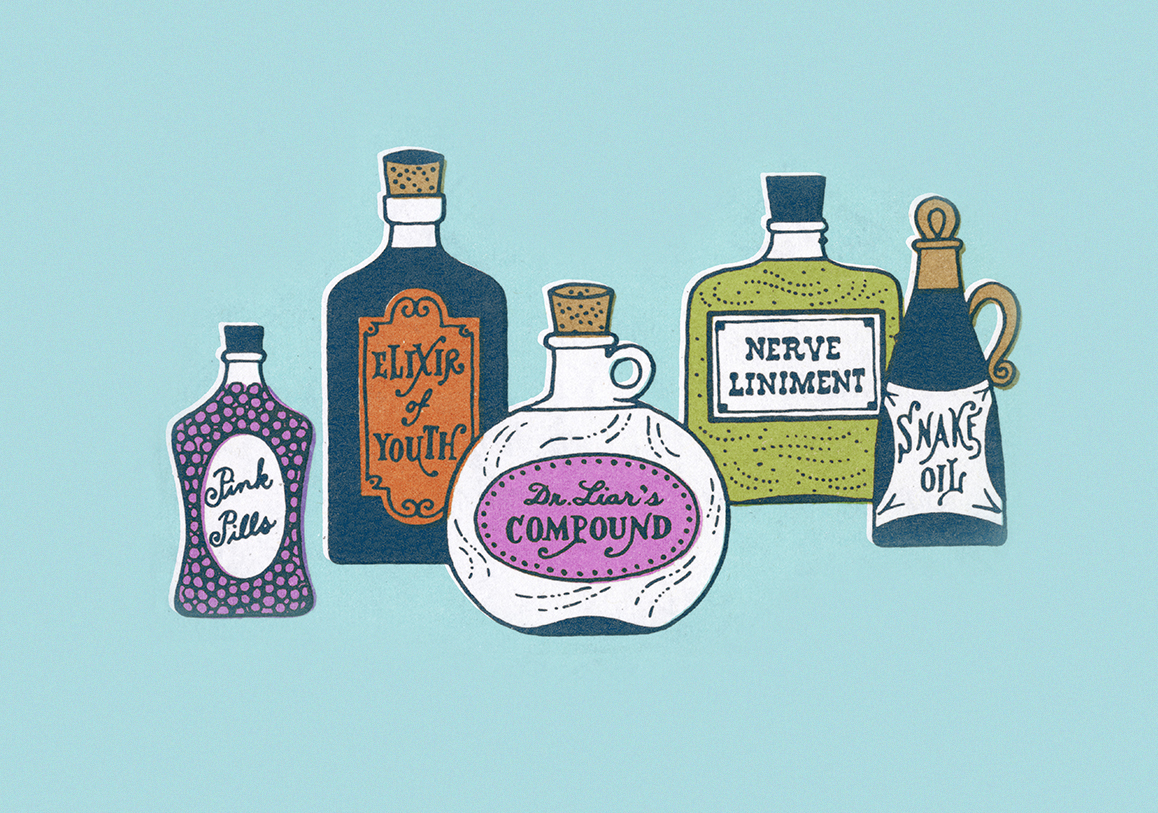Although we think of the global drug behemoths as multinational businesses, the fact is that ‘big pharma’ is perhaps the quintessential American industry. Kerr Neilson, acting portfolio manager of the Platinum International Health Care Fund, provides an update on the recent trends and developments in the pharmaceuticals sector.
Although we think of the global drug behemoths as multinational businesses, the fact is that the pharmaceutical sector is perhaps the quintessential American industry.
A disproportionate share of global revenues (perhaps 40%) and over half of all profits are generated in the USA. But, more generally, the rewards for risk and innovation, the tension between abusing the trust of and yet insisting on the protection of government, the vast legal and corporate finance parasites which (support and) feed on the host, and, of course, the outsized rewards for aggressive sales and marketing, are perhaps the hallmarks of American capitalism – and they are nowhere more evident than in the pharma/biotech industry.
Masquerading as “selfless, caring” companies, the pharma cohort is among the most profitable and hence valuable of all global industries, second only in the USA to the software sector. But as the Ebola outbreak reminds us, huge (but unprofitable) swathes of real health care are largely ignored (antibiotics being another perilous key example), while scarcely believable legal manoeuvres are employed to protect profit streams.
2014 draws to a close with the stock market’s dazzling favourite, Gilead Sciences,[1] having a brisk 25% share price correction, as the market digests the Christmas eve news that its US$1,000 per pill (yes, ONE THOUSAND DOLLARS for each pill and patients must take more than 80 of them for each course of treatment!) hepatitis C medication faces a commercial setback. The story is instructive on several levels.
In three clinical trials, Gilead’s Sovaldi cured 95% of hepatitis C sufferers over two to three months – a clearly effective drug. But Gilead demands US$84,000 for a 12-week (one pill per day) course and has consistently urged critics to consider the grim (and high) costs of not treating the disease rather than proposing a return-on-investment basis for its pricing. Indeed, the biotech sector had a rare wobble earlier in 2014 (-20%), not least because of pointed questions in the US Senate concerning expenditure on Sovaldi.
Then, just before Christmas, the largest PBM (Pharmacy Benefit Manager, i.e. agent of the health insurers who helps manage pharmaceutical expenses), Express Scripts, announced a deal with AbbVie (once the pharma division of Abbott Laboratories) whereby a discount had been agreed to replace Sovaldi on the Express Scripts formulary with AbbVie’s Viekira Pak. The behaviour of a dominant gatekeeper like Express Scripts worried the stock market and it hurriedly reduced exposure to Gilead.
Pharmaceutical industry lobbyists insist that this episode shows the market doing its job, i.e. competing and thus driving down prices. But health insurers complain that while US$70,000 per hepatitis C patient is preferable to US$84,000, it is still too much for the system to afford as more Americans move onto long-term (“chronic”) drug treatments.
Meanwhile, earlier in December, a key trial finished in Boston where the US Supreme Court’s 2013 ruling over the so-called “pay-to-delay” deals was tested for the first time. In the end, the jury agreed with the plaintiffs that AstraZeneca’s rumoured US$1 billion payment to Indian generics supplier, Ranbaxy Laboratories, for not launching a Nexium (heartburn) generic in 2008 was unreasonable. But the jury continued, on a seeming technicality, that this (somehow!) did not distort the market – apparently not least because Ranbaxy’s manufacturing shortcomings[2] meant the whole question had become hypothetical, for the moment. Fascinatingly, two alleged co-conspirators in this plot settled with the plaintiffs ahead of the jury decision, which is in any case being appealed, and a similar court case will get underway shortly in Pennsylvania.
The key point is that while the industry reminds us of the creativity and skill of its legal counsellors, both the government (i.e. the legislators, the White House, the Federal Trade Commission, etc) and the health insurance providers seek legal and market mechanisms to restrain the drug companies. For the moment, as the share prices make clear, “big pharma”, with the best lawyers and lobbyists money can buy, has the upper hand.
Another reflection of this prosperous situation can be seen in the behaviour of the bankers. To be clear, 2014 has been the biggest year on record for drug industry mergers and acquisitions (M&A), even without a successful conclusion to Pfizer’s attempted takeover of AstraZeneca. In fact, this report would be very long indeed if it sought to analyse (let alone justify!) the major deals of even the last few months and the proof is in the fact that multi-billion dollar deals were only one-day news stories by the time Otsuka of Japan bewildered onlookers by paying US$3.5 billion for a glorified cough mixture medication and Merck surprised everyone by paying US$8.5 billion for an antibiotics business – just a day before the purchased company lost a key patent on its top-selling drug!
But the bigger lesson from this corporate finance splurge is that the industry is changing, both in its pecking order and in how the major players seek to do business. While it seems that Switzerland’s Roche, with its strengths in oncology and predominance in hard-to-copy biologics (rather than generic-prone small molecules), will be hard to beat, and by contrast, GlaxoSmithKline seems to flail around with short-term accounting department tricks, elsewhere some big moves are being made. The aforementioned Gilead, at US$142 billion even after the setback, has joined the ranks of large market capitalisation companies from an almost standing start just a few years ago. Among 2014’s best performing stocks, Actavis (market cap now US$68 billion) joined Valeant (US$55 billion) as very large, seemingly successful proponents of an acquisition-led strategy of “low/no R&D” and cost-cutting. While this is perhaps the logical financial and legal end-game for the industry in the USA, it is completely at odds with the implied social pact of patent-protected profits in return for risky, innovative medical research. To the extent that these two aggressive organisations continue on this path (and are copied by others), surely political reaction will intensify.
Sanofi, one of the Fund’s key holdings, was in the news for the wrong reasons when its Paris-based board fired its Boston-based, German-Canadian CEO, who was held in high esteem by the stock market – justly, given the effective job he did in recent years to reorganise and energise the company. Investors worried that the board sought to dilute the company’s capitalist tendencies by focusing on its importance to the national science base. So it was interesting to see the recent announcement that Sanofi will effectively outsource several hundred French R&D staff with the sale of its Toulouse research facility to the German “drug discovery specialist” Evotec. In the short-term, the market takes comfort that the board of Sanofi continues to improve the efficiency and productivity of the organisation. It seems the real reason for the CEO’s removal was this year’s disappointing performance by the company’s US diabetes franchise. This is clearly a more palatable reason for managerial change than the nationalistic interference first feared.
More generally, the outsourcing is another element in the changing focus of “big pharma” – just as “big oil” tends to leave the technically challenging aspects of oil discovery and well optimisation to specialist third parties, so, perhaps, “big pharma” drifts away from drug discovery in preference for globalising its commercialisation efforts, managing patent portfolios and trying to be predator, not prey, in the M&A arena.
[1] Gilead was an important holding of the Fund, back before it became such a well-told story.
[2] At the time of the verdict, the US Food and Drug Administration (FDA) had withdrawn approval for the Indian factory to supply the drug.
DISCLAIMER: The above information is commentary only (i.e. our general thoughts). It is not intended to be, nor should it be construed as, investment advice. To the extent permitted by law, no liability is accepted for any loss or damage as a result of any reliance on this information. Before making any investment decision you need to consider (with your financial adviser) your particular investment needs, objectives and circumstances. The above material may not be reproduced, in whole or in part, without the prior written consent of Platinum Investment Management Limited.


